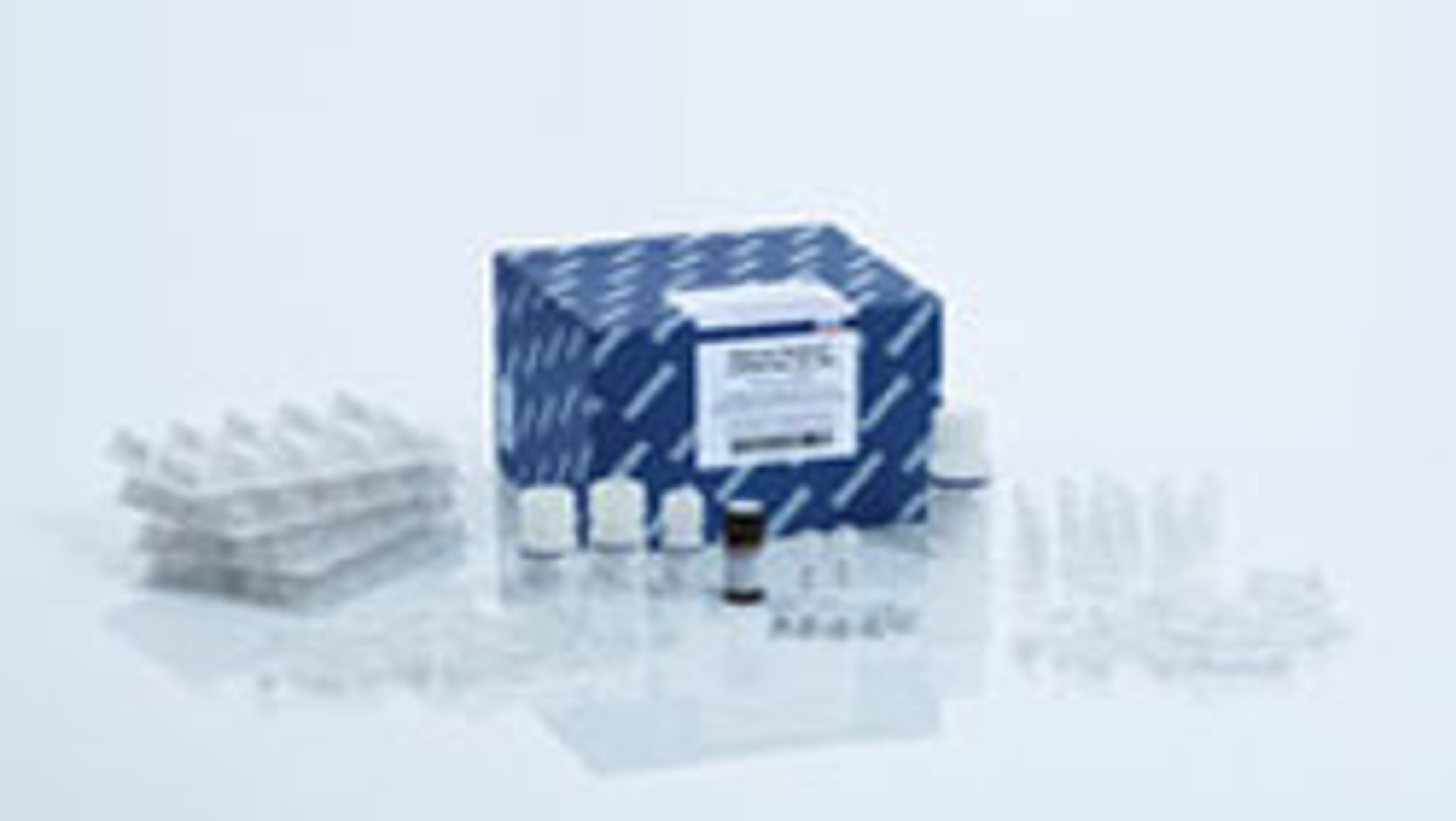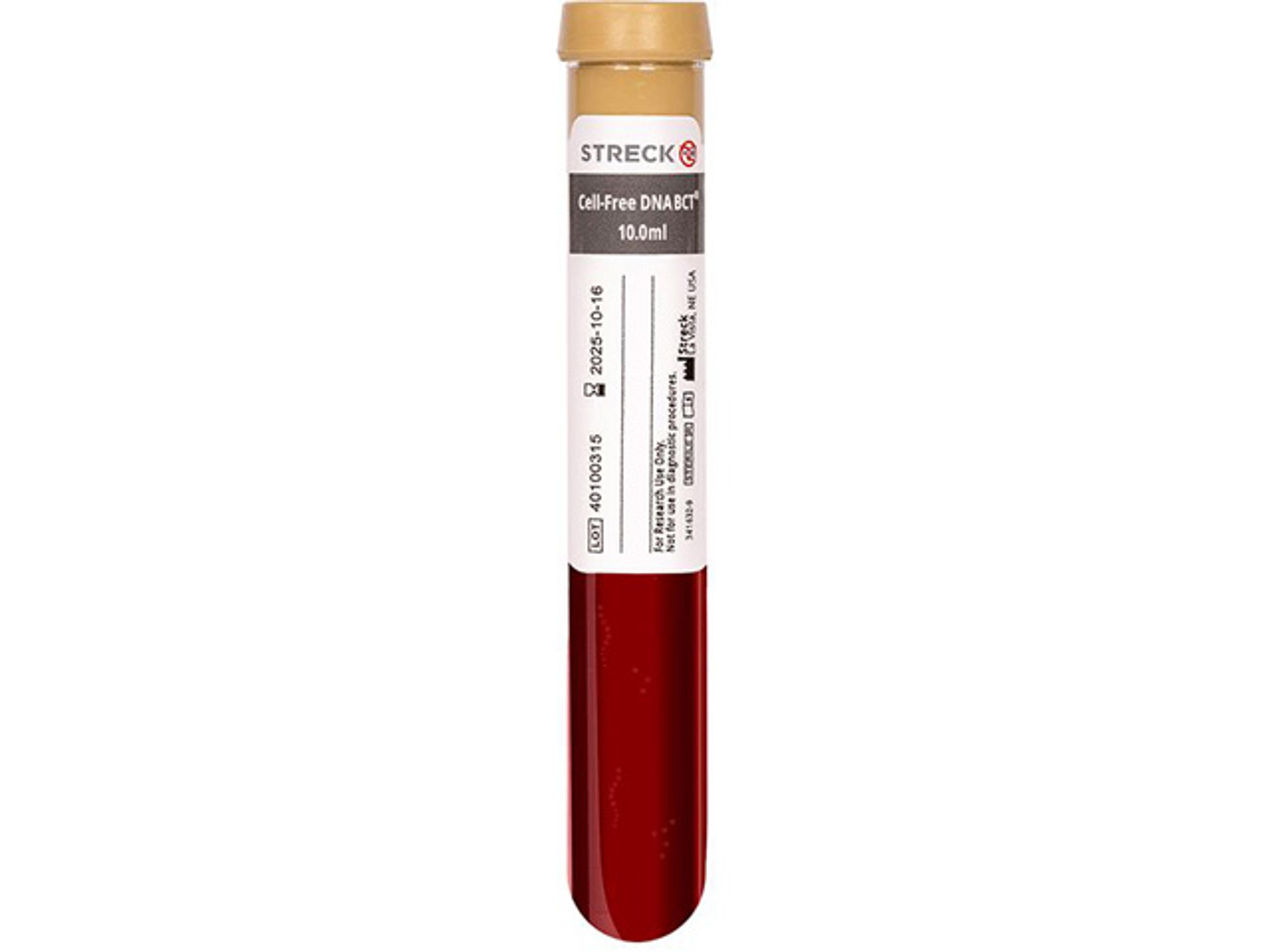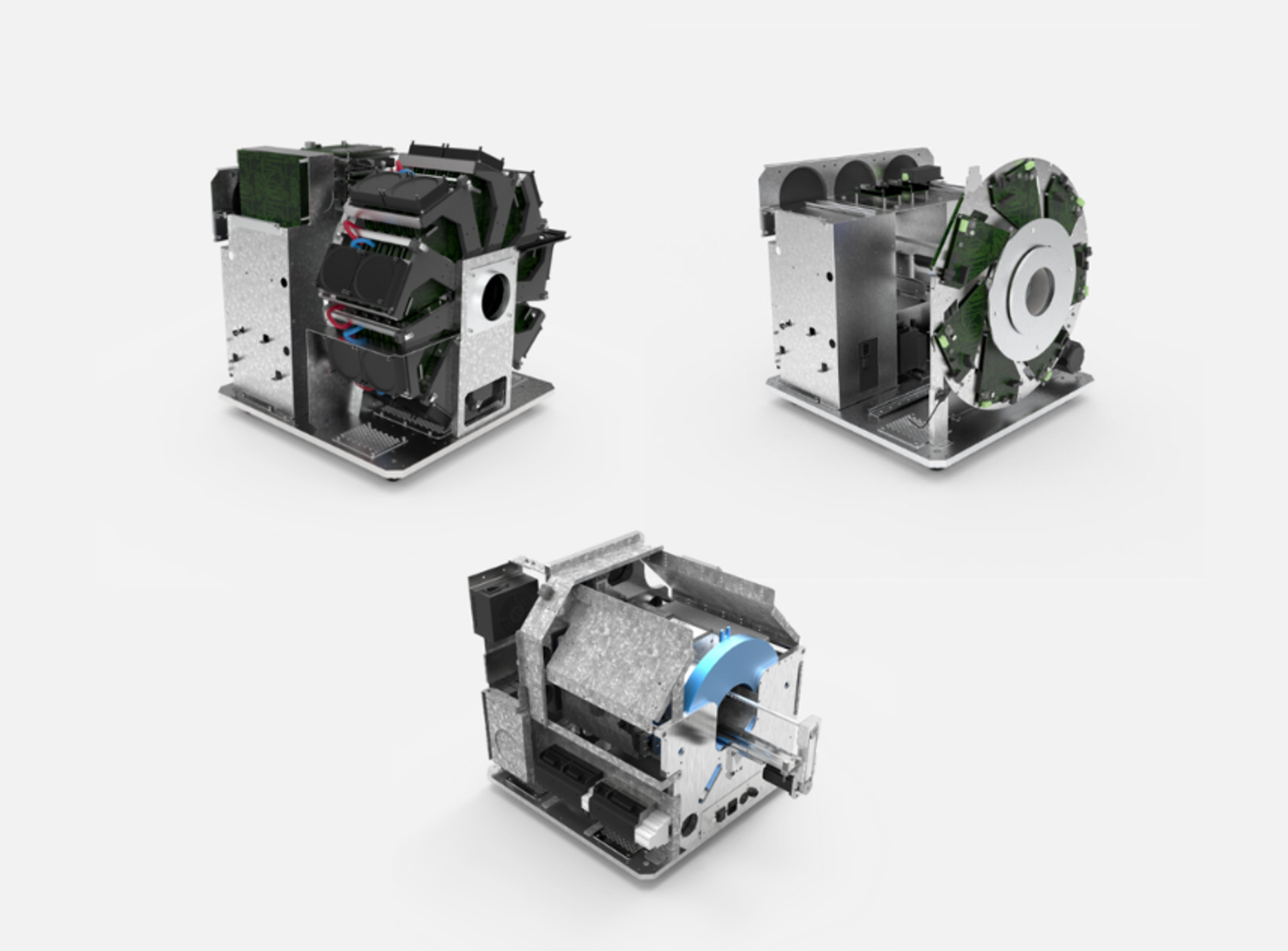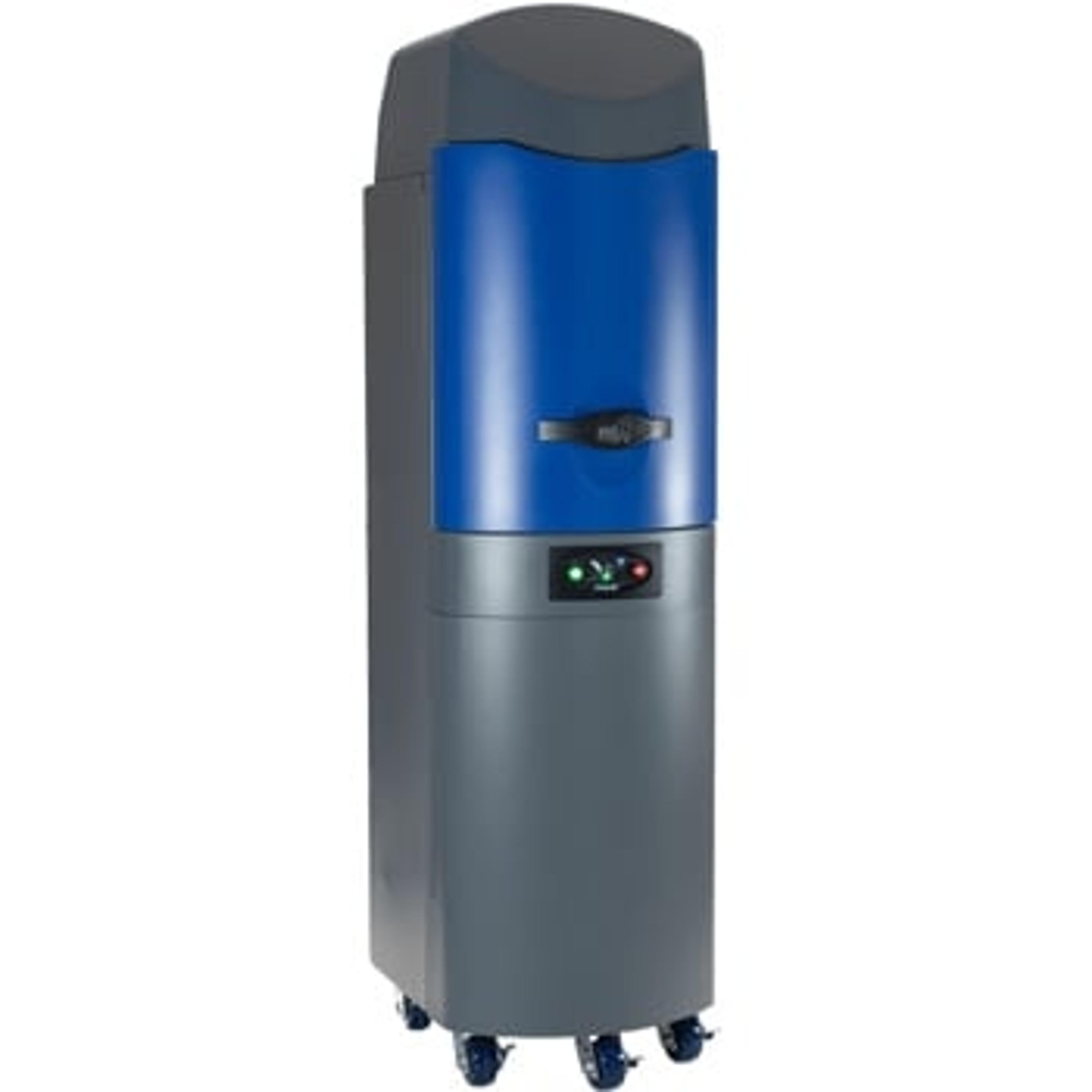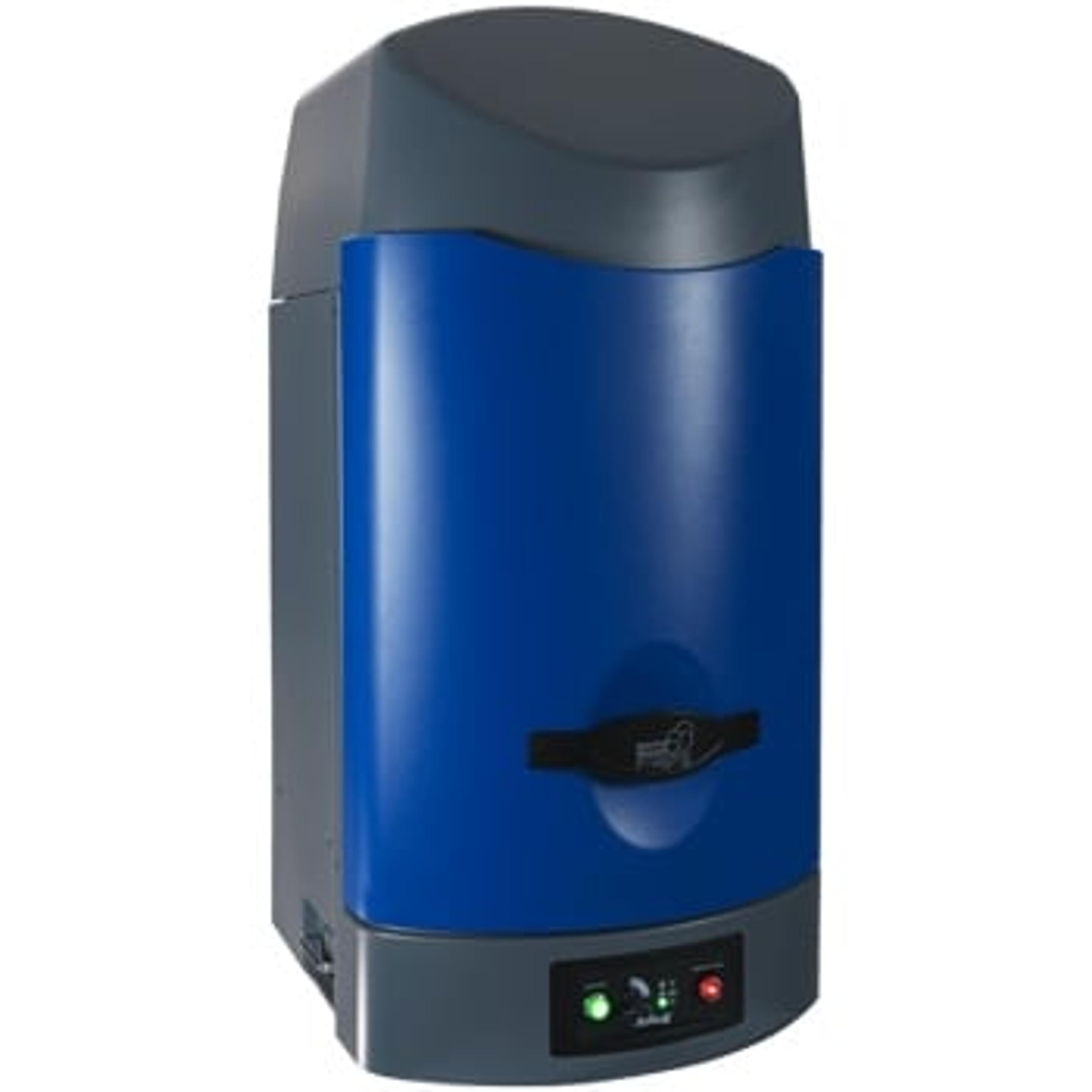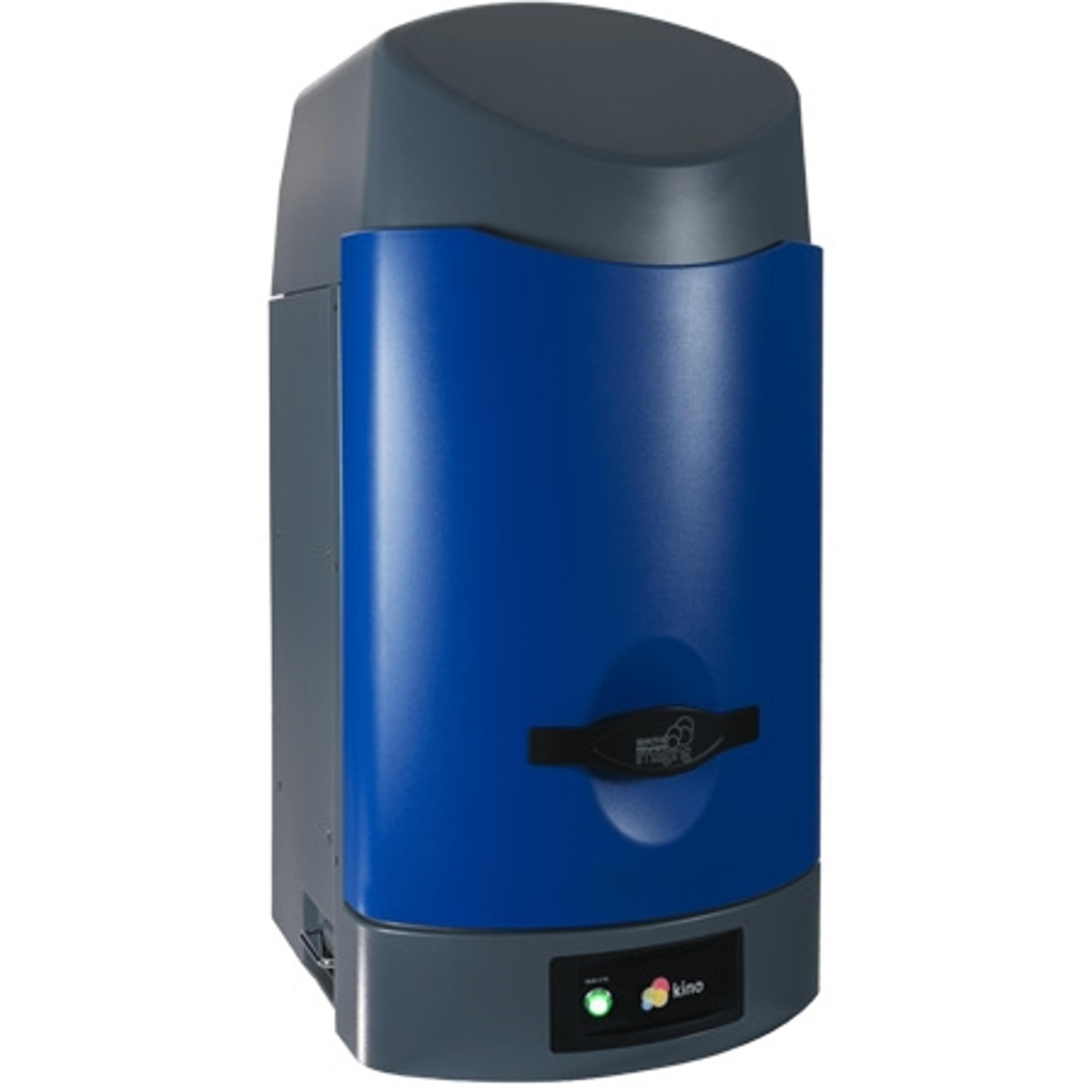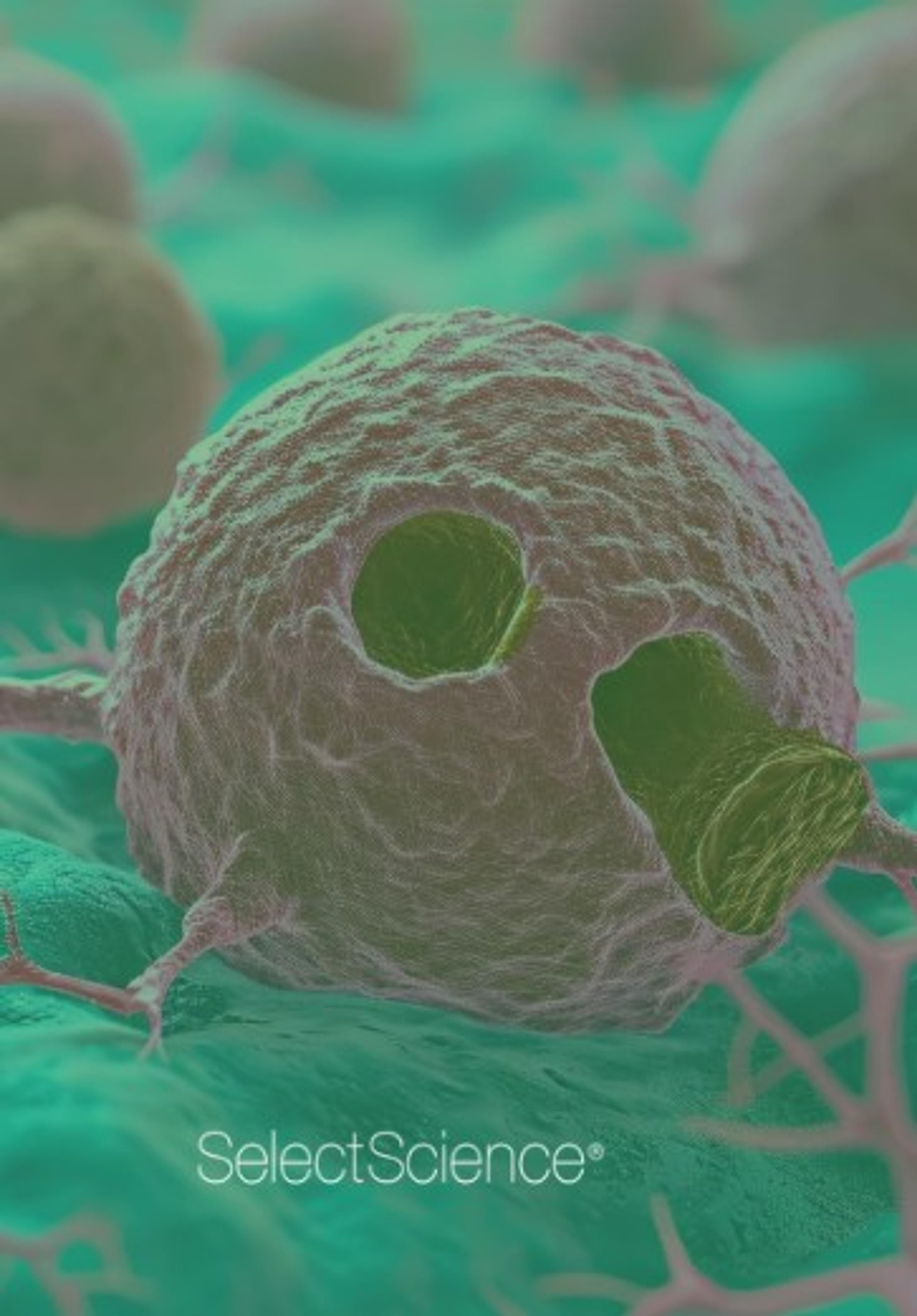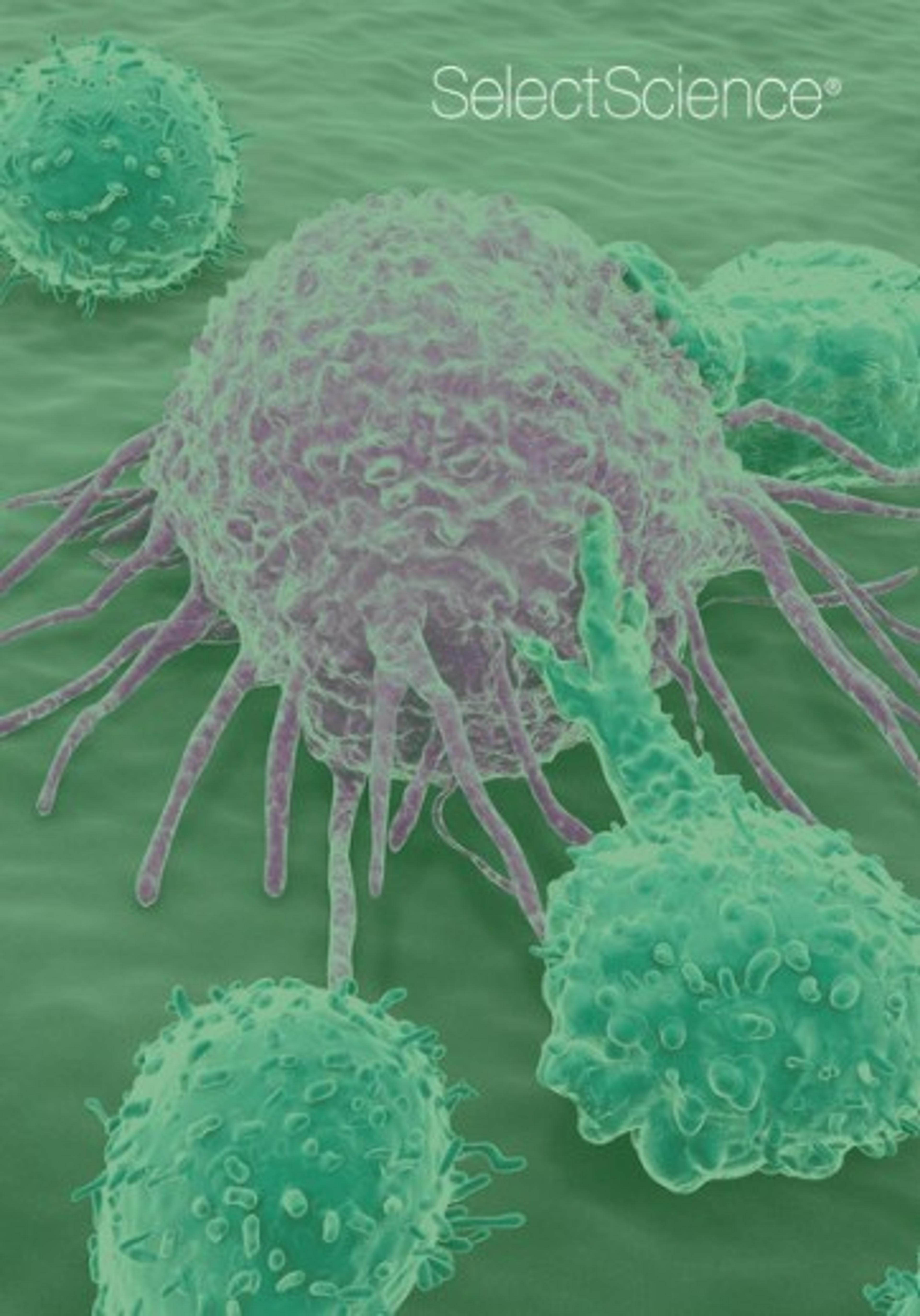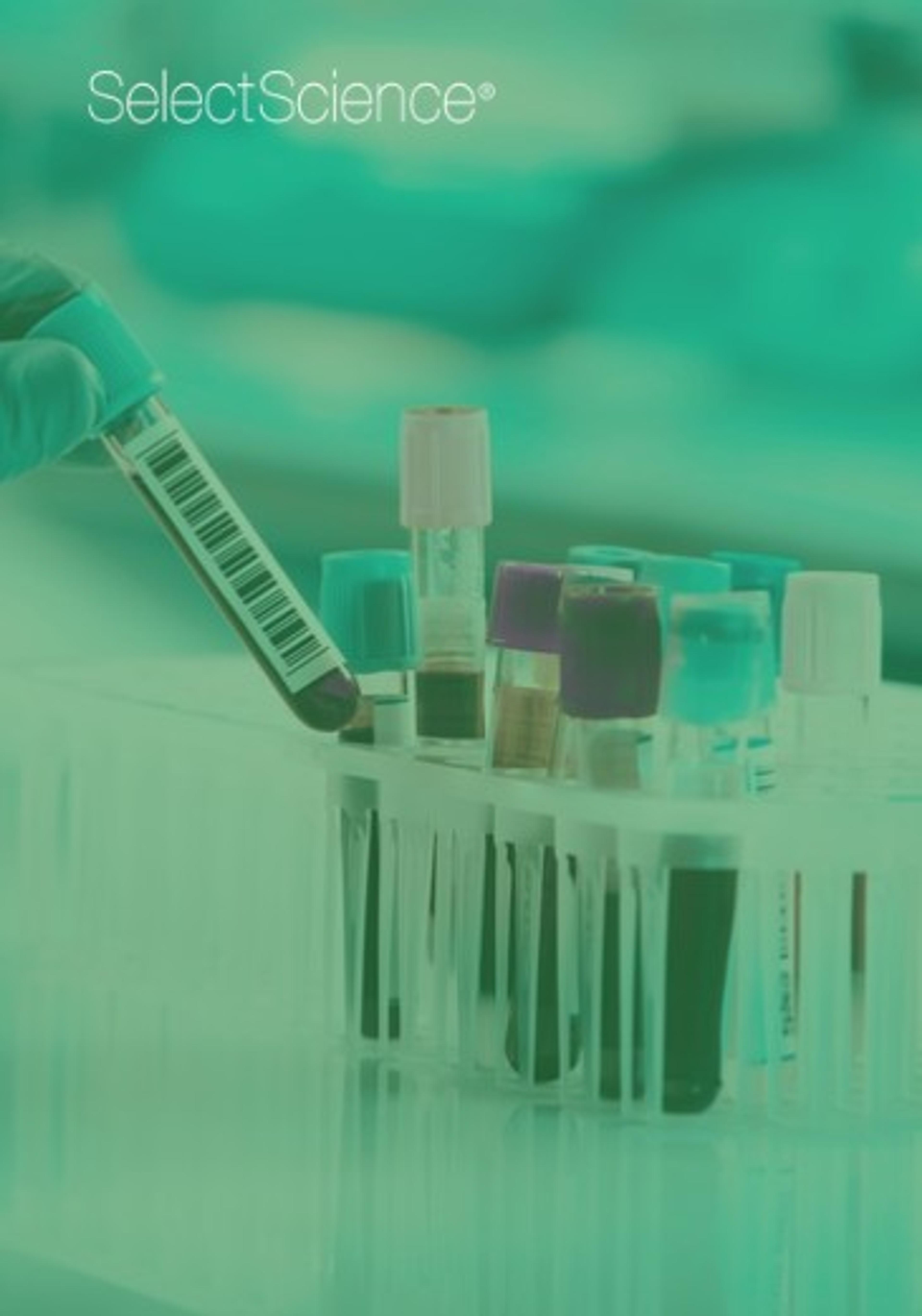
Next-generation cancer detection and monitoring
Explore the evolving landscape of early cancer detection, metastasis monitoring, and cancer progression tracking and prediction.
Here, we reveal the latest breakthroughs – from liquid biopsies and circulating tumor DNA (ctDNA) analysis to single cell analysis and next-generation sequencing (NGS) – and share how cutting-edge tools are transforming early detection, tumor progression tracking, and identification of minimal residual disease (MRD). Learn how advances in biomarker discovery, non-invasive screening, and more, are shaping the future of precision oncology and improving patient outcomes.
A multiverse of liquid biopsy insights
Compared with tissue biopsy, liquid biopsy is minimally invasive, repeatable, can enable early cancer detection and is more relevant to individuals with a tumor mass that is difficult to reach and/or has metastasized. Additionally, liquid biopsy better
mirrors the heterogeneity of the cancer disease and provides complementary real-time information on the cancer evolution, therapeutic response and minimal residual disease.
There has been growing interest in multianalyte liquid biopsy research to optimize usage of precious samples, generate a more complete picture of cancer, and compare insights in a more meaningful manner.
In order to support the standardization of parallel isolation of multiple liquid biopsy analytes (LBAs), QIAGEN has developed a comprehensive multianalyte isolation workflow. This guide includes step-by-step information on how to easily implement the workflow and achieve standardized parallel isolation.
Download resource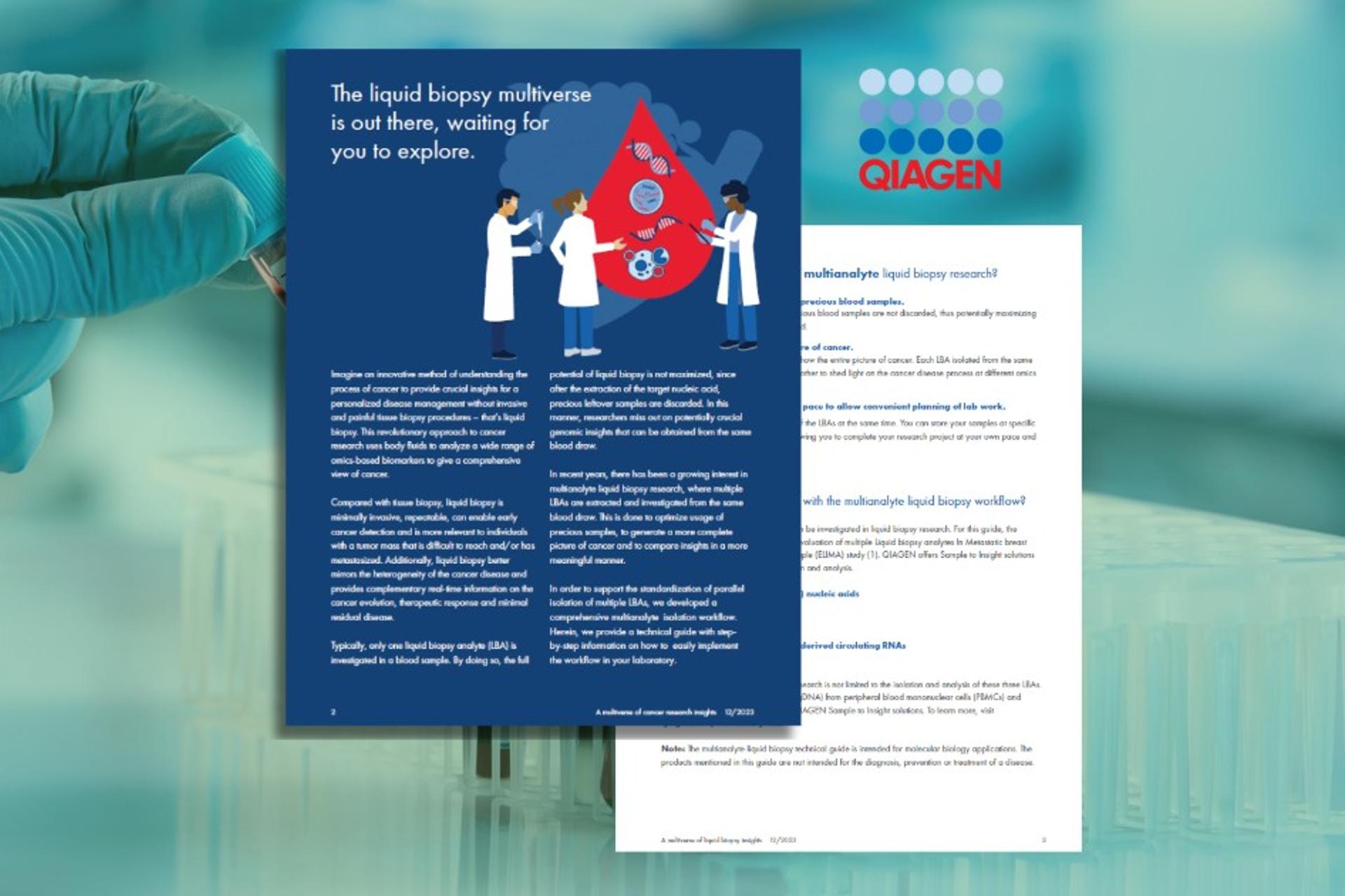

Early cancer detection remains one of the biggest challenges in oncology, with many cancers going undetected until later stages when treatment options are more limited. Advances in multi-cancer early detection (MCED) aim to address this by identifying multiple cancer types through a single test, often using a simple blood draw. Join our expert panel discussion exploring the future of early detection and the science behind better liquid biopsies.
Register for free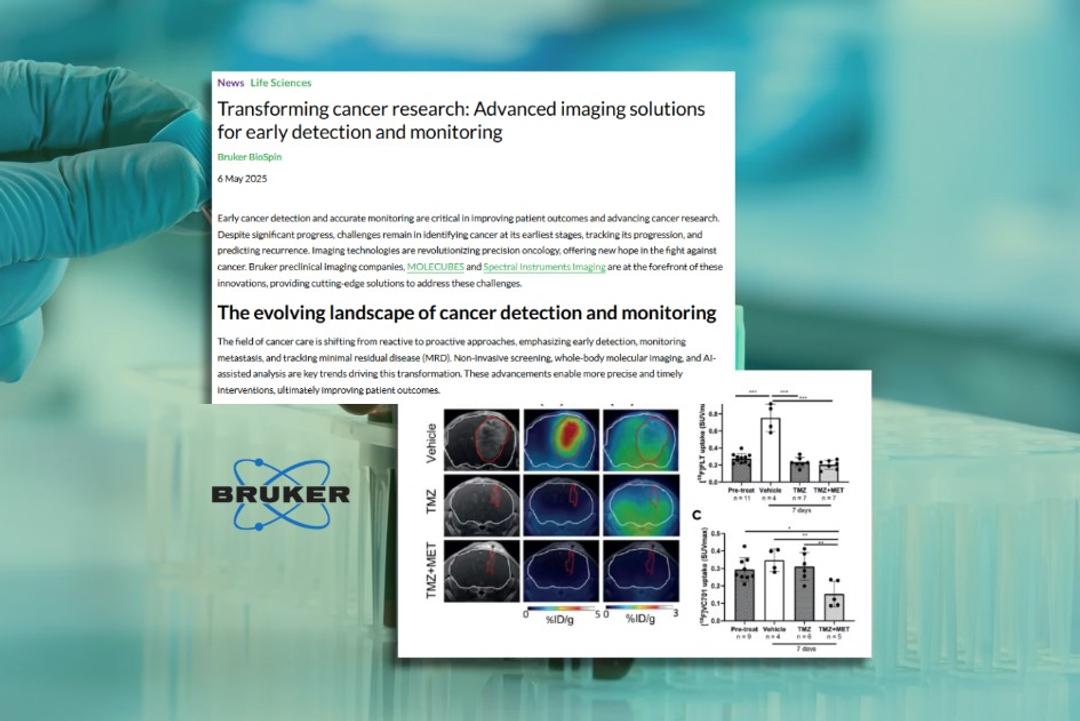
Despite significant progress, challenges remain in identifying cancer at its earliest stages, tracking its progression, and predicting recurrence. Imaging technologies are revolutionizing precision oncology, offering new hope in the fight against cancer. Find out how Bruker preclinical imaging companies, MOLECUBES and Spectral Instruments Imaging are at the forefront of these innovations, providing cutting-edge solutions to address these challenges.
Read article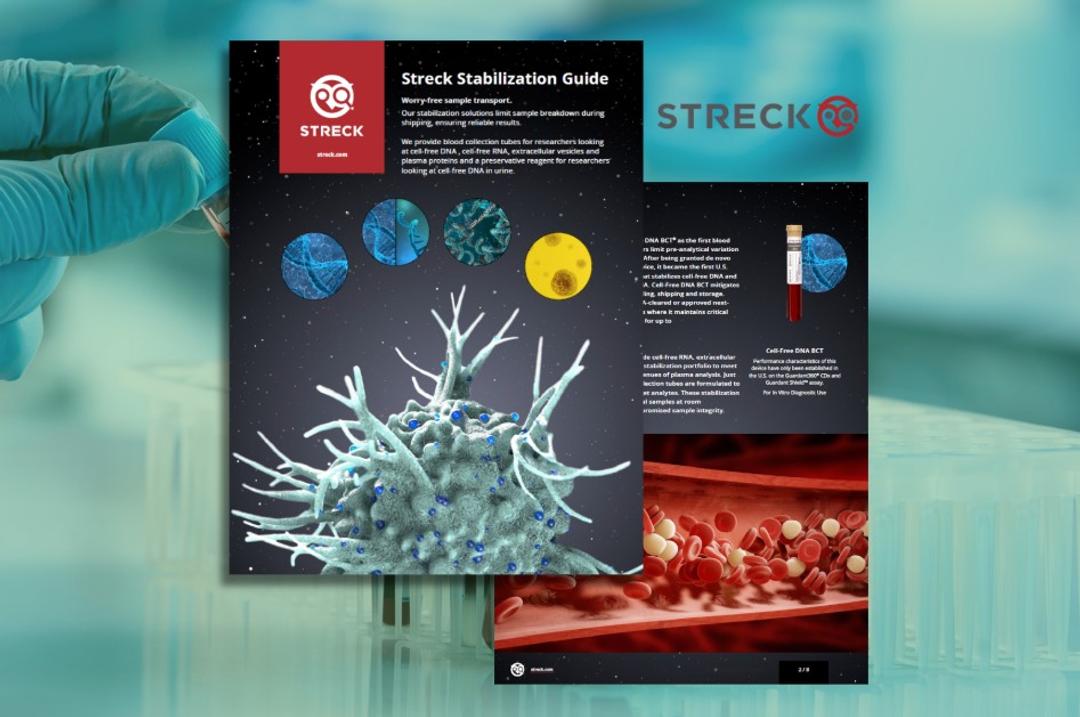
Robust stabilization solutions limit sample breakdown during shipping and storage, ensuring reliable results. Explore Streck's portfolio of blood collection tubes for researchers looking at cell-free DNA, cell-free RNA, extracellular vesicles and plasma proteins and a preservative reagent for researchers looking at cell-free DNA in urine.
Download resource
As scientists uncover more links between gut bacteria and cancer, microbiome testing offers a promising approach to detect, treat, and even prevent disease. “We now have the ability to produce early-stage diagnostics for cancer,” says Paul Denslow, CEO of Intus Biosciences. “This should only improve over time because our AI-driven platform learns from every sample it processes. The more it sees, the better it gets at identifying disease markers.”
Read article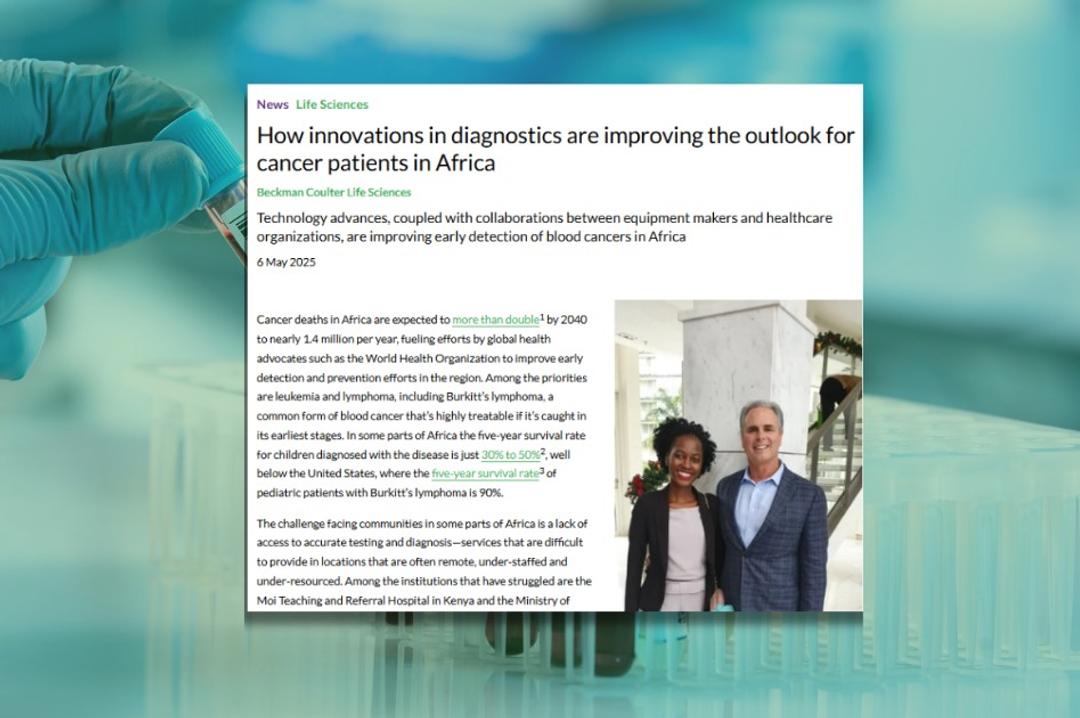
Cancer deaths in Africa are expected to more than double1 by 2040 to nearly 1.4 million per year, fueling efforts by global health advocates such as the World Health Organization to improve early detection and prevention efforts in the region. Here, Tony Boova of Beckman Coulter Life Sciences shares lessons learned about adapting existing testing technology to improve early detection of blood cancers.
Read article
Prostate cancer has recently become the most common cancer in the UK, affecting more than 55,000 men every year. However, current technologies still fall short, with existing tests often complex, invasive, and prone to inaccuracies, making early diagnosis difficult. Dave Taylor, CEO of Valley Diagnostics, shares insights into the potential of novel biomarker-based lateral flow tests and the innovations that could reshape cancer diagnostics.
Read article
